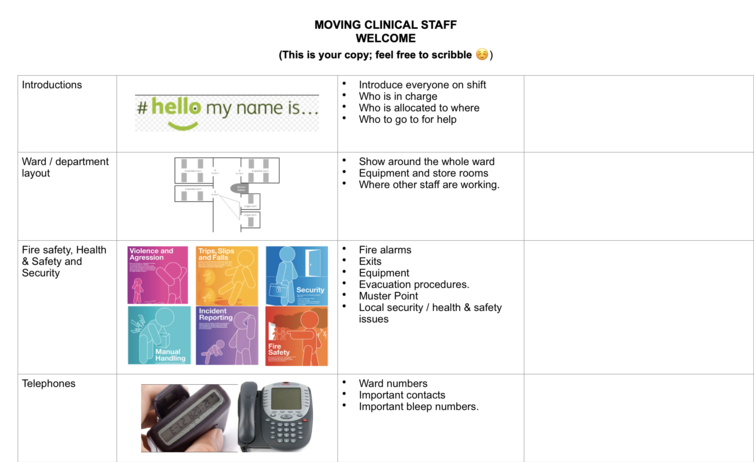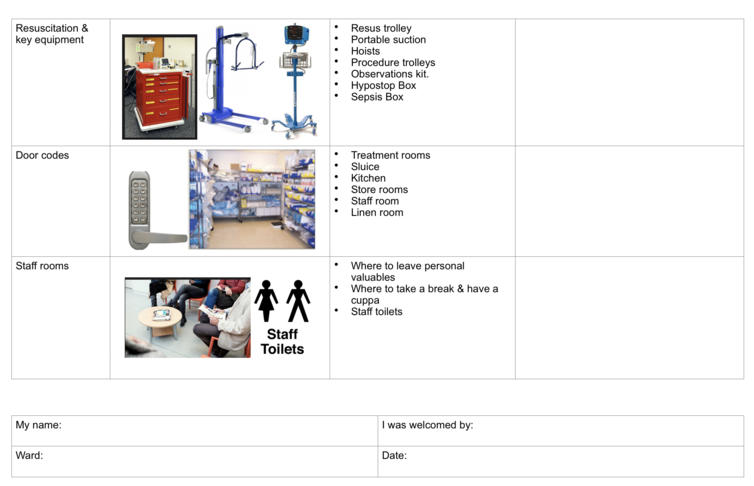Staff being moved across clinical areas and specialties was seen to be probably the greatest stressor at the current time across the Trust. It was raised in a number of forums and whilst the clinical staff actually being moved are clearly the greater in numbers duty managers also reported stress and difficulties.
A review was undertaken using a range of approaches to give as wide a reach as possible across sites, staff groups and roles which included an online survey, questionnaires, focus groups and looking at Healthroster data. We looked at who was being moved; how frequently and whether there were trends and patterns; we looked at the reasons and the experiences of those needing to organise moves and those being moved. Over 1200 staff were involved.
Many cited lack of skills and experience as being a key concern and when explored this fell into categories such as an unfamiliar environment; worry about clinical skills and differing expectations.
A core element was emotional impact; the way staff were being asked; how they felt if they challenged or questioned and the stress felt by matrons and site duty managers in having to balance staffing and risk across a site.
The sharing of the report was in itself a key action as it raised awareness and understanding and highlighted to a wide audience how staff were feeling but in addition a number of recommendations were agreed and taken forward. These included:
• The development of 3 tools:
o A Welcome sheet – a simple visual document that staff who have been moved complete with the receiving team that covers all the importance induction needs; where things are, who their buddy will be; bleep numbers and door codes – those little things that are often forgotten.
o A Reflection tool – there is no getting away from the fact that we will need to ask staff to move; so in acknowledging that staff can consider what revision or update or support they need to refresh or seek new experience so they can move with confidence.
o A ‘How was it for you’ feedback tool – for staff to leave a message for the ward manager on how they found their shift on their ward; what went well and what could have helped.
• Regular reports from Healthroster showing where most staff are moved from and where they are moved to. This can help with staff looking at how they prepare themselves but also for managers to consider capacity and demand.
The key outcomes from this work has been the raised awareness, the drive for compassionate leadership; considering not only why someone needs to move but how they are asked and how they are supported. We still hear some stories of difficult shifts but we now hear many more that describe a great shift and lots of staff saying thank you publicly to someone who moved……..


